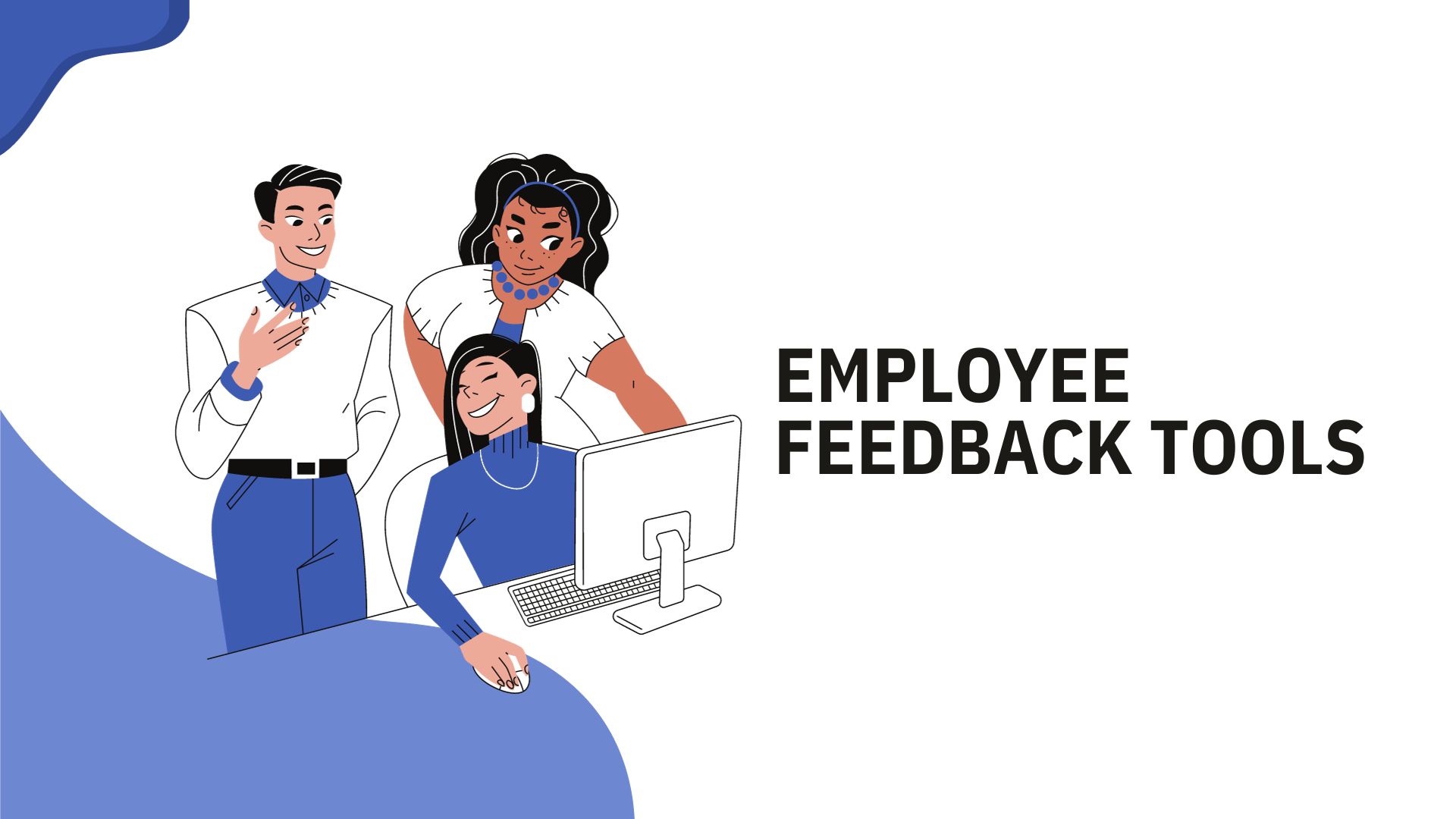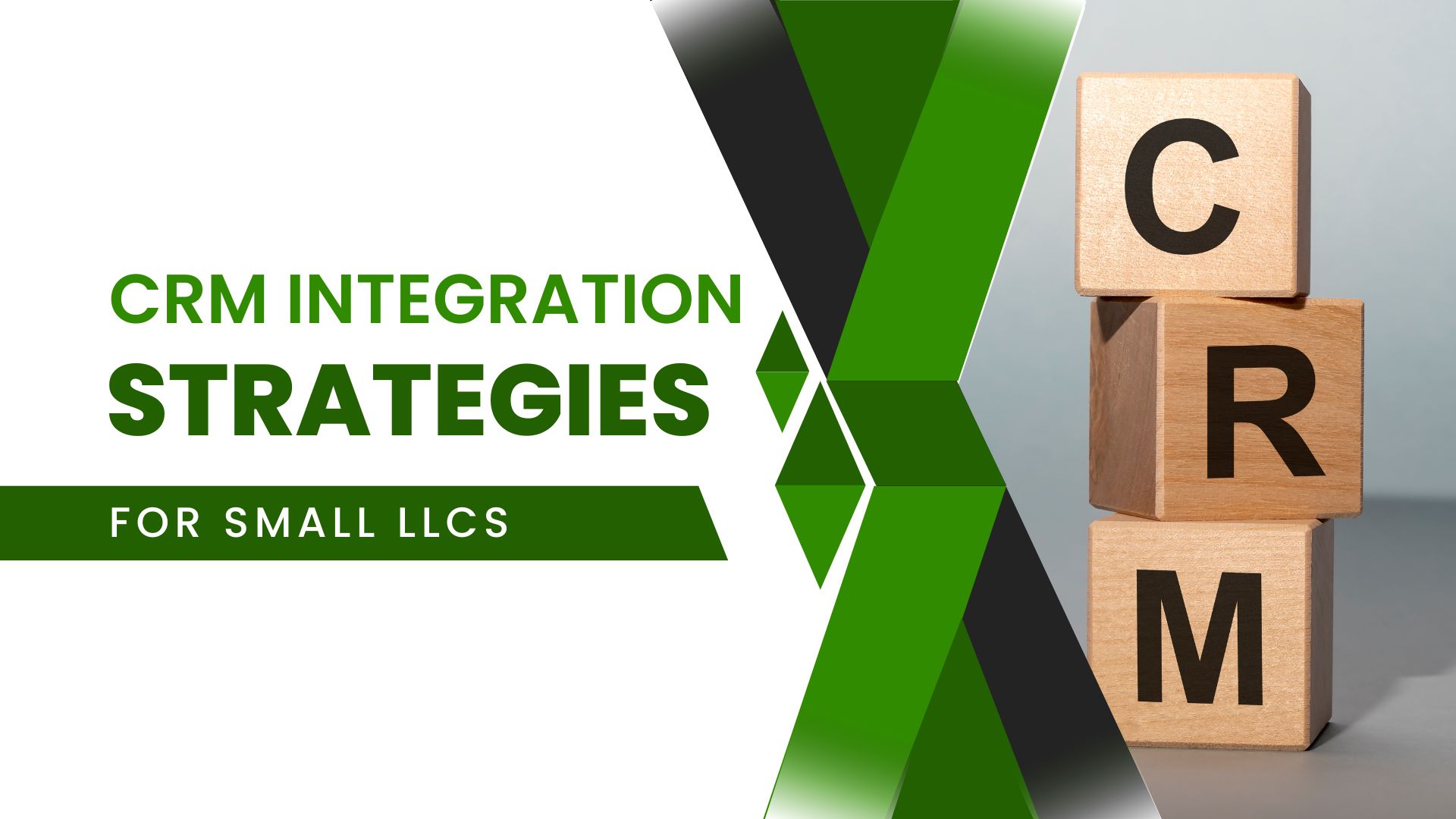8 Ways to Make Software Licensing Agreements Work for You
Page Contents
By Scott D. Rosenberg, CEO Miro Consulting
This is an exciting, and challenging, time to be a CIO responsible for enhancing the value of IT while reducing spending and keeping up with the breakneck growth of technologies such as cloud computing, multicore processing and mobile devices. This new technology is contributing to quickly evolving software licensing models that are ever more complex and costly. Maintenance fees alone average 20 percent of enterprise software's original purchase price.
Software licensing agreements (SLAs) are explicit in terms of fees, but vendor rules and regulations require a level of knowledge and cross-functional expertise that most organizations simply don’t possess.
The next several years will be an especially challenging period of SLA model changes and evolution. Enterprises will need to devote more time to planning and preparing for software negotiations and purchases. While each situation is unique, compliance is the key to building advantages into software vendor contracts and getting a better deal.
Establishing and maintaining SLA best practices will help your organization obtain the best SLAs for your needs in terms of cost and effectiveness. But you must remain vigilant. There are three primary reasons for contractual gaps that can result in unnecessary financial expenditure:
- Lack of Knowledge. If you don’t keep abreast of changes, the result will be non-compliance with vendors’ ever-changing licensing rules.
- Lack of Information. Failure to accurately leverage and understand your software assets will result in non-essential purchases of extra software or licenses. This leads to overspending and may significantly add to maintenance costs.
- Lack of a ‘Big Picture'. Changing deployment of applications and hardware platforms without understanding the big picture impacts licensing in a big way. Centralized IT purchasing is essential to keeping your eye on the big picture.
Luckily, there are several best practices for proactively managing SLAs that every enterprise can leverage to ensure agreements that deliver optimal value tailored to their organizational needs.
Know Your Software Inventory
Understand that the negotiation actually begins before you even know what you want to buy. To negotiate from strength, you must start by conducting a thorough enterprise review. Knowing what you have, what you need and your rights under existing SLAs enables you to leverage/redeploy existing enterprise software licenses, stay in compliance, and avoid buying software you already have or simply don’t need.
Understand Business Needs and Build in Flexibility
Be sure that someone involved with software negotiating and acquisition knows the critical needs of the organization – ideally 12 to 18 months out – so that you can plan future software needs and acquisitions. But be sure to negotiate short-term agreements – as appropriate – that allow flexibility for the business. Software models are rapidly evolving these days, so make sure you don’t get stuck with disadvantaged terms and conditions (T&Cs) that don’t have any wiggle room.
Understand Your Rights under the SLA
Most companies today are either over licensed or under licensed, and both scenarios lead to extra costs and increased risk. For that reason, it is critical to be alert to the vendor’s licensing rules and regulations and to be diligent when deploying and using the software. Continuous business changes, as well as changes to the user population and the underlying technology environment, can easily result in being outside the boundary of what is permitted through your particular set of licenses.
Licensing is a multi-dimensional challenge, with issues including differing product versions, varying product releases, minimum and maximum user requirements, license types and terms, rule changes and more. Exhibit A of this complexity could be Microsoft’s downloadable price book; it’s 100 pages long, and that’s just the basic primer on how to understand their licensing rights! Keeping up with the many changes from just one provider is hard enough. It becomes nearly insurmountable when you consider that most companies maintain roughly 100 different software vendor relationships.
Negotiate Software Value, Not Price
Most software vendors will offer 15 percent to 20 percent baseline discounts right off the bat. These offers are seductive, but they never address the particular needs of your organization and may be detrimental to your budget in the not-too-distant future. Following the best practices will help you understand your software needs in advance to ensure that you request – and get – what you ask for, and not unnecessary shelfware.
Bring Legal and IT Together
Obviously, a lawyer must review all software vendor agreements, but it is also critical for a senior IT executive to do the same. The IT executive should understand both corporate strategy and business objectives, and should be a specialist in licensing “best practices.”
A good example of why this is important is a standard clause used by several vendors stating that any new contract supersedes the terms and conditions of any previous SLA contracts with the company. This standard language can be found in most legal contracts, and lawyers seldom change the wording. But in this case, it certainly is not a best-practices scenario for a company.
That small clause results in giving up potentially rich and extensive use rights to assume more limited and restrictive use rights, leading to all the additional fees we have discussed earlier. This is only one reason why people who truly understand the ramifications of software licensing should be included in any discussion of corporate software strategy.
Review SLA Language
Make sure contract language is frequently reviewed. Publishers are pressured to make changes necessary to reduce complexity and the probability of future license disputes.
Get It in Writing
All verbal agreements need to be backed up by a paper trail. This may seem obvious, but you’d be surprised at how many people forget this during the negotiation period.
Codify Software Licensing Best Practices
That’s the only way to ensure you don’t lapse into the costly mistakes outlined above. This goes hand-in-hand with establishing a good working software asset management process. Corporate executive management and IT need to have a defined governance model, with steering committees, to provide oversight to the enterprise software decision-making process and the software budget.
Scott D. Rosenberg is president and CEO of Miro Consulting, which he founded in August 2000. Miro Consulting helps companies analyze and negotiate enterprise software contracts, specifically Microsoft and Oracle licensing. The company, which has 500-plus clients across North America, also offers software asset management consultation services. Prior to Miro Consulting, Rosenberg was a founding principal and driving force behind Cintra, an Oracle consulting company with over $20 million in revenues. He is an active member of IAITAM and is a Certified Software Asset Manager (CSAM).

Sean Michael is a writer who focuses on innovation and how science and technology intersect with industry, technology Wordpress, VMware Salesforce, And Application tech. TechCrunch Europas shortlisted her for the best tech journalist award. She enjoys finding stories that open people's eyes. She graduated from the University of California.


